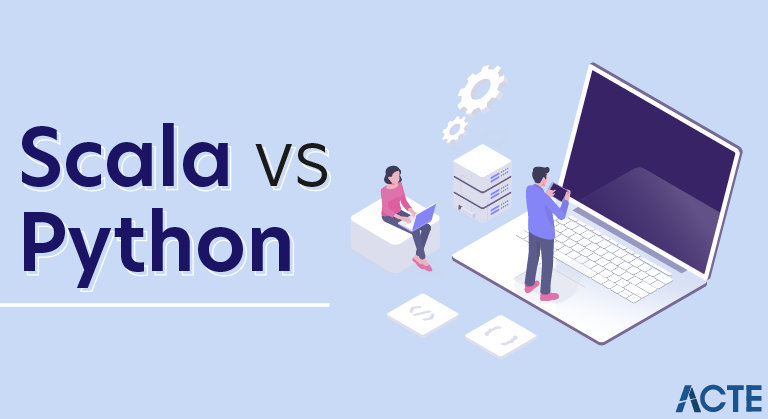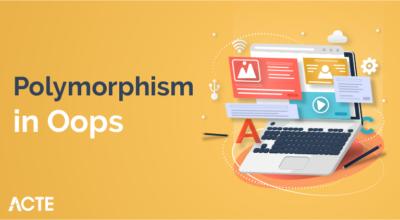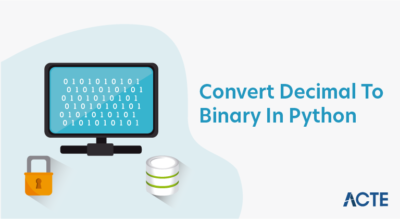
Python and Scala are two of the most popular languages used in data science and analytics. These languages provide great support in order to create efficient projects on emerging technologies. In this article, we list down the differences between these two popular languages.
Python
Python continues to be the most popular language in the industry. Python, the open-source programming language has been widely used as a scripting and automation language. There are a number of features which makes Python popular among the list of toolkits of a developer. Python is powerful, fast, easy to learn and use. It has efficient high-level data structures and a simple but effective approach to object-oriented programming.
The Python interpreter and the extensive standard library are freely available in source or binary form for all major platforms. Python’s elegant syntax and dynamic typing, together with its interpreted nature, make it an ideal language for scripting and rapid application development in many areas on most platforms.
Scala
Scala is a combination of object-oriented and functional programming in one concise, high-level language. This language was originally built for the Java Virtual Machine (JVM) and one of Scala’s strengths is that it makes it very easy to interact with Java code.
Last year in the Tiobe Index report, Scala secured the 20th place among the top twenty programming languages with a rating of 0.9%. Scala’s static types help the developers to avoid bugs in complex applications, while its JVM and JavaScript runtimes allow a developer to build high-performance systems with easy access to huge ecosystems of libraries.
Below are some major differences between Python and Scala:
| PYTHON | SCALA |
|---|---|
| Python is a dynamically typed language. | Scala is a statically typed language. |
| We don’t need to specify objects in Python because it is a dynamically typed Object Oriented Programming language. | We need to specify the type of variables and objects in Scala because Scala is statically typed Object Oriented Programming language. |
| Python is easy to learn and use. | Scala is less difficult to learn than Python. |
| An extra work is created for the interpreter at the runtime. | No extra work is created in Scala and thus it is 10 times faster than Python. |
| The data types are decided by it during runtime. | This is not the case in Scala that is why while dealing with large data process, Scala should be considered instead of Python |
| Python’s Community is huge compared to Scala. | Scala also has good community support. But still, it is lesser than Python. |
| Python supports heavyweight process forking and doesn’t support proper multithreading. | Scala has reactive cores and a list of asynchronous libraries and hence Scala is a better choice for implementing concurrency. |
| Its methodologies are much complex in Python as it is dynamic programming language. | Testing is much better in scala because it is a statically typed language. |
| It is popular because of its English-like syntax. | For scalable and concurrent systems, Scala play much bigger. |
| Python is easy for the developers to write code in it. | Scala is less difficult to learn than Python and it is difficult to write code in Scala. |
| There is an interface in Python to many OS system calls and libraries. It has many interpreters | It is basically a compiled language and all source codes are compiled before execution |
| Python language is highly prone to bugs whenever there is any change to the existing code. | No such problem is seen in Scala. |
| Python has libraries for Machine learning and proper data science tools and Natural Language Processing (NLP). | Where as Scala has no such tools. |
| Python can be used for small-scale projects. | Scala can be used for large-scale projects. |
| It doesn’t provide scalable feature support. | It provides scalable feature support. |
Python vs Scala
To get the best of your time and efforts, you must choose wisely what tools you use. For this purpose, today, we compare two major languages, Scala vs Python for data science and other users to understand which of python vs Scala for spark is the best option for learning.
1. Performance
The first factor that we’ll use for comparison is performed. We’ve talked earlier about how being a dynamically-typed language creates extra work for the interpreter at run time. It has to decide the types of data at run time. Scala, however, uses the JVM and is therefore 10 times faster than Python. When there’s a lot to process, you should consider going with Scala instead.
Winner– Scala
2. Simplicity
We couldn’t be clearer when we say Python is perfect for rookies. Its extremely easy and English-like syntax contributes to its popularity. Although bundled with a bunch of syntactic sugars, Scala isn’t as easy to master. However, for concurrent and scalable systems like SoundCloud and Twitter, Python falls short. This is the main Point in Scala vs Python.
Winner– Python
3. Concurrency
With its list of asynchronous libraries and reactive cores, is a great choice when you want to implement concurrency. Python, on the other hand, does not support true multithreading. Although, it does support heavyweight process forking. With it, only one thread is active at a time. So whenever a new code is deployed, more processes must be restarted, which increases the memory overhead.
Winner– Scala
4. Type Safety
We’ve often said this- Python is a dynamically-typed language. This means you don’t need to declare the data type in python while declaring it. It follows the duck-typing principle. “If it looks like a duck, swims like a duck, and quacks like a duck, then it probably is a duck”. While this is easy on the programmers, it slows the applications down. Contrarily, Scala appears to be dynamically-typed but is statically-typed. The compiler will detect errors at compile time.
We see that refactoring Scala code is easier, whereas doing that to Python code may create more bugs than it solves. So, while Python is a good choice for smaller ad-hoc experiments, Scala fares better for large products.
Winner– It’s a tie.
5. Productivity and Ease of Use
While Scala isn’t as verbose as Java, it definitely isn’t as concise as Python. Python is a clear winner in this case with its user-friendliness and expressivity.
Winner– Python
6. Advanced Features
While Scala has several existential types, macros, and implicit, its syntax may make it difficult to experiment with them. Frameworks and libraries, however, allow you to make good use of these features.
Python, on the other hand, has enough data science tools and libraries for Machine Learning and Natural Language Processing. SparkMLib is one such library for machine learning on big data.
Winner– It’s a tie.





